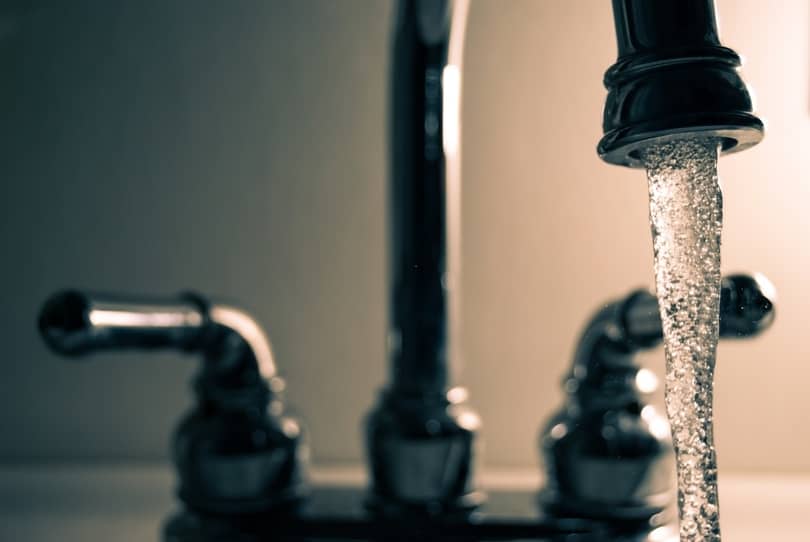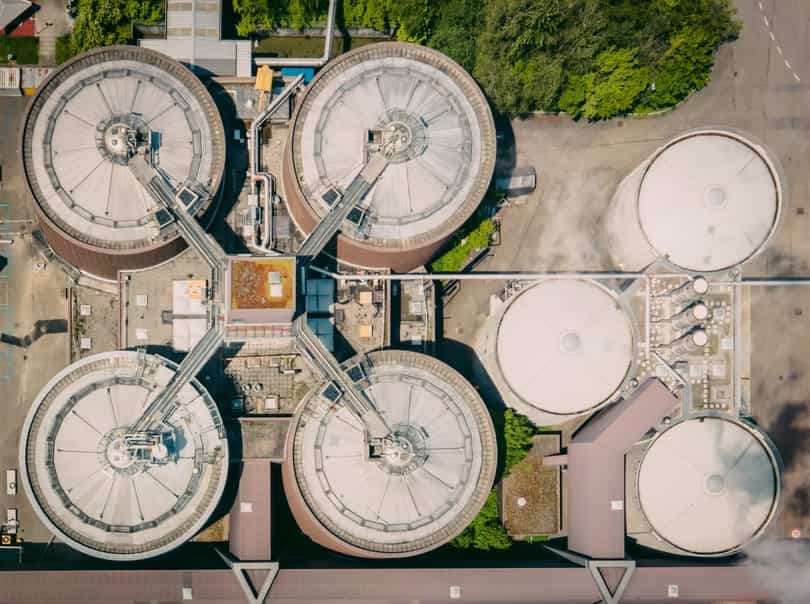
Water is usually treated twice, once before it is used and another after it has been used. Water treatment is a vital element in ensuring the safe use of the water either for human consumption or for disposal back to nature. This cycle must be maintained to make sure the supply of water is conserved and remains sufficient for future use.
Treatment of Drinking Water
These are the major methods for the treatment of drinking water used in the United States: chlorination, ozonization, and exposure to UV radiation.
Chlorination and ozonization
Chlorination is one of the most widely used methods for the treatment of drinking water in the United States. But the discovery that chlorination can lead to the formation of trihalomethanes (THMs) led scientists to seek alternative disinfection methodologies. High levels of THMs are associated with health effects like bladder, rectum, and colon cancers, and other non-cancer effects like jaundice, liver enlargement, and reproductive adversities.
Chemical water treatment is one of the ways to clean used water. Using oxidizing agents like chlorine and ozone prevents bacteria from propagating in the water, making it safer to be washed back into nature.
Chlorine kills bacteria that decompose and contaminate the water. Ozone, on the other hand, neutralizes the water to bring it to a natural pH of 7.

These wastewater treatment solutions are effective in freeing the water from unwanted microorganisms, but they have disadvantages when it comes to scalability and maintenance. Chlorine does not have an issue with scalability. Its issue with scalability is its safety storage and the development of THMs. Load factors have a big impact on the effectiveness of these disinfectants, so more complex equipment is needed to properly incorporate ozone or chlorine solutions into the water.
Ozone and chlorine water treatment solutions perform well in small-scale applications. But when presented into larger volumes of water, their disinfecting capabilities can be compromised, thus real-time monitoring and flow control are must-haves. The complexity and resource-intensive requirements of using these traditional chemical water treatments, especially ozone, call for more practical alternatives that do the same job without sacrificing potency.
UV radiation
The use of UV light is another technique for the treatment of drinking water. It is a very effective disinfectant known for its strong germicidal ability against bacteria and viruses. This treatment method is widely accepted in the USA and is used in disinfecting municipal and household drinking water systems. However, water treatment companies using UV radiation require regular maintenance of the system because UV lights gradually lose their effectiveness through continuous usage.
Wastewater Treatment Solution
Wastewater comes from sinks, toilets, bathtubs, laundries, and drainages. It may contain traces of substances like food scraps, oil, soaps, human waste, and chemicals. Households, commercial spaces, and industrial plants all contribute to the volume of wastewater that must be treated before it is released back to the environment.
Wastewater treatment companies in the USA have the equipment to filter water and make it more environmentally friendly. However, these facilities also leave an environmental footprint when they operate.
The Problems with Water Treatment Plants
The cost of maintaining the water treatment facilities is in the billions of dollars, excluding repairs and upgrades which are much needed to make them more efficient and sustainable. This challenge is one of the primary reasons why many water treatment plants continue to use outdated systems that require expensive maintenance to continue running and passing set standards.

There is also the issue of energy consumption. Wastewater plants and filtration facilities are some of the biggest consumers of electricity in the country, contributing to as much as 15% of the nation’s annual electrical consumption. There are cleaner options, but the transition to these systems remains slow, not to mention costly, resulting in delays in the shift to greener approaches.
Wastewater and water treatment companies need professionals to run the plant. However, there is a shortage of qualified individuals who can fulfill the job. Automation is a possible solution, but doing so still requires a considerable amount of capital to accomplish.
Water and wastewater treatment facilities collect organic residue that came from their filtration systems. These components can be minimized using non-toxic methods to make them less impactful to the environment and humans. Eco-friendly wastewater treatment solutions can reduce the harmful effects of these residues without compromising anything in the process.
These challenges contribute to the reasons why water treatment companies look for alternatives and supplements to their existing processes to make their filtration and sanitation systems more efficient, practical, and environment-friendly.
What Makes Us Different – Advanced Oxidation Process (AOP)
Genclean technology uses a non-toxic, advanced oxidation process for disinfecting large bodies of water. It comes in a liquid formula consisting of minerals chelated with oxygen stabilized in an aqueous water solution. It is suitable for the treatment of drinking water and is an effective tertiary wastewater treatment solution in industries and wastewater utilities that require highly efficient disinfection and sanitation properties.

Compared to chlorine-based and ozone-based solutions, the advanced oxidation process of Genclean products is at least 150% more effective. The oxidation capability of the solution works in a wide range of pH, making it very versatile in various applications.
Aside from being more powerful than chlorine and ozone in disinfecting water, Genclean’s advanced oxidation process retains its strength for 6 months. The solution can be stored inside a container for months without any reduction in its oxidation strength.
Genclean presents a green wastewater treatment solution that minimizes environmental footprint or allows for non potable water reuse where applicable. In addition to being a non-toxic solution, the potency of the advanced oxidation process employed in Genclean water treatment solutions has large cost savings in industrial applications, amounting up to several thousands of dollars.
Another benefit of the advanced oxidation process found in Genclean products is how it prevents recontamination. Additionally, it is a very practical supplement for the treatment of drinking water since it does not require complex equipment or highly trained technicians to use it.
Our Story – Greener Water Treatment Solutions
We are a part of the USA-based company Genesis Water Technologies which is an award-winning leader in providing water and wastewater reuse solutions to a wide range of industries and communities. We specialize in developing scalable wastewater treatment solutions certified by the National Sanitation Foundation (NSF) for industrial, commercial, governmental, and non-governmental clients.

We are a water treatment company committed to providing sustainable liquid solutions based on the advanced oxidation process for disinfecting and oxidizing pathogens, contaminants, and pollutants in water streams.
Genclean technology is used in the tertiary treatment stage for water oxidation and disinfection. For the treatment of drinking water or wastewater, Genclean solutions can be introduced through a chemical feed pump system with an integrated ORP controller.
Our solution is applicable to a range of industry verticals including water utilities, commercial/industrial facilities, hotels/resorts, water park/aquatic centers, and the food and beverage sectors. Get in touch with us to know more about our sustainable and innovative water treatment solutions.

